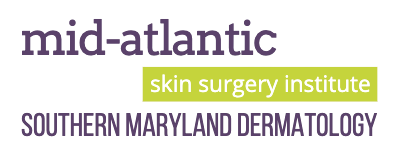
Losing your hair can be tough. Luckily, PRP for hair loss now exists in Maryland, and is helping men and women all over the feel whole again. But what exactly is PRP?
Several years ago, Kim Kardashian was photographed after a microneedling procedure, and her face was covered in blood, which we now know to be platelet-rich plasma (PRP).
Although the image may have been startling at first, the use of PRP has become increasingly popular as a way to achieve smooth and glowing skin.
However, the benefits of platelet-rich plasma do not stop at skin rejuvenation.
It can also be used to combat hair loss in men and women and revitalize their appearance and confidence.
Here’s how PRP for hair loss can use the body’s own resources to initiate hair restoration.
What is Hair Restoration With PRP and How Does It Work?
Our blood is comprised of red blood cells and plasma.
Within the plasma portion, you can find white blood cells and platelets, which are abundant in growth factors.
When platelet-rich plasma is separated from the rest of the blood and injected into the scalp, these growth factors are able to activate hair follicles and stimulate hair growth.
What Are the Benefits of PRP for Hair Loss?
Patients that have androgenetic alopecia, which is genetically-determined hair loss that presents at the top of the head, typically experience the greatest results from hair restoration with PRP.
Some of the treatment’s benefits include increased hair count, thickness, and growth phase of the hair cycle.
Additionally, patients note that they have less shedding, earlier regrowth, and longer hair.
What to Expect From a PRP Treatment for Hair Loss?
To start, a small sample of blood is drawn from the patient and placed in a machine called a centrifuge to separate out the platelet-rich plasma.
Then, the PRP is re-injected into the scalp at the level of the hair follicle, with the injections spaced approximately ½ inch apart.
The procedure typically takes 30 minutes, and most patients do not require anesthetic — although ice packs and cold air can help improve comfort during treatment.
Post-PRP, Tylenol can be taken to manage pain, and any bruising will resolve within a week.
When Can Patients See Results?
A series of 3 to 4 monthly treatments, followed by touch-ups every 3-6 months, is recommended for optimal results.
Most patients will see improvement in their hair within 2-3 months.
For additional information about PRP for hair loss in Southern Maryland, please call our office today to schedule a consultation.
